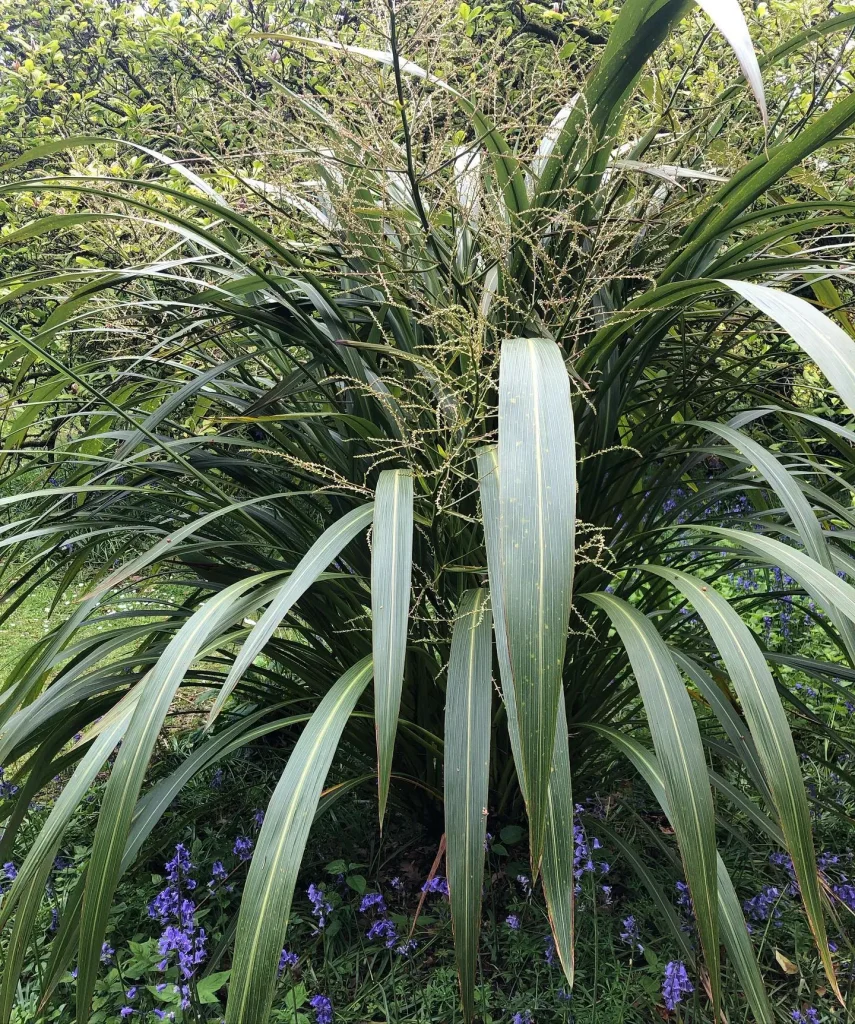
The Delicate Debutante Camellia: A Gardener’s Guide
There’s a certain charm to witnessing a flower bloom when the rest of the world seems to be slumbering. The Debutante Camellia, with its large, peony-like blossoms, is one such charmer. These evergreen shrubs erupt in a vibrant display of pink during the fall and winter months, a time when most other plants have retreated indoors or surrendered to dormancy.
For years, I’ve been captivated by these exquisite flowers. Their delicate beauty and resilience in the colder months have made them a coveted addition to my garden. But before I planted mine, I had questions. Can this beauty thrive next to my house? When can I expect its dazzling display? How do I keep it looking its best?
In this guide, I’ll share my experience and knowledge about the Debutante Camellia, answering all your burning questions to cultivate this captivating flower in your own garden.
230 Species in Genus Camellia
Can I Plant a Debutante Camellia Shrub Next to My House?
Yes, you can plant a Debutante Camellia shrub next to your house, but with a few considerations. This camellia variety prefers well-drained, acidic soil. Since house foundations often disrupt drainage patterns and tend to have more alkaline soil, some planning is required. Here’s what you can do:
- Soil Test: Before planting, conduct a simple soil test to determine the pH level. Amending the soil with organic matter like peat moss or composted pine needles can help create the acidic environment the camellia craves.
- Planting Distance: Maintain a distance of at least 4-6 feet between the camellia and your house. This allows for proper air circulation and prevents the shrub from competing with the foundation for moisture and nutrients.
- Mulch: Apply a layer of mulch around the base of the plant to retain moisture, regulate soil temperature, and suppress weeds.
When Do Debutante Camellias Bloom?
Unlike most spring-blooming camellias, the Debutante puts on a show in the cooler months. You can expect its magnificent, light pink blooms to appear from late fall and extend well into early spring, depending on your climate. This extended bloom period makes it a true standout in the winter landscape, offering a welcome splash of color when most gardens appear barren.
When to Prune Debutante Camellia?
While the Debutante Camellia is a relatively low-maintenance shrub, occasional pruning can enhance its shape and encourage bushier growth. The ideal time to prune is just after flowering has finished, typically in late spring or early summer. Here are some key points to remember when pruning:
- Sharp Tools: Use sharp, sterilized pruning shears to make clean cuts that promote healthy healing.
- Focus on Shape: Remove any dead, diseased, or overcrowded branches to maintain the desired shape.
- Light Pruning: Aim for light pruning rather than drastic cuts. Remember, the goal is to encourage healthy growth and maintain a balanced appearance, not drastically alter the shrub’s natural form.
Additional Tips for a Thriving Debutante Camellia
- Light: The Debutante Camellia prefers dappled sunlight or part shade. Avoid planting it in full sun, especially during the hottest part of the day.
- Watering: Water regularly, especially during the first year after planting and during dry spells. Aim for deep watering that saturates the root zone.
- Fertilizer: Apply an acid fertilizer specifically formulated for camellias after flowering has finished.
With a little care and attention, the Debutante Camellia will reward you with years of stunning blooms and become a cherished centerpiece of your winter garden. So, embrace the delicate beauty of this seasonal showstopper and bring a touch of pink magic to your landscape.
If i die, water my plants!



